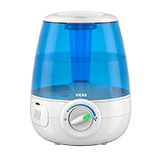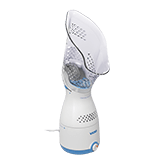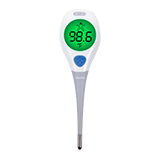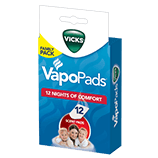
- Products
- Resources
-
-
Vicks products are available for purchase online and in-store at most major retailers.
-
-
- Support
-
-
VICKS SUPPORT
View product-specific FAQs & videos
-
-
- Products
- Resources
- SUPPORT
- Warranty Registration
- Contact Us
7 Essential Tips for Choosing the Best Mist Humidifier for Your Home
Maintaining optimal humidity levels in your home is crucial for both comfort and health, and choosing the right mist humidifier can make all the difference. According to the Environmental Protection Agency, indoor humidity levels should ideally be kept between 30% and 50% to prevent issues like respiratory problems and mold growth. In recent years, the demand for mist humidifiers has surged, with the global market projected to reach $2.16 billion by 2025, reflecting a growing awareness of the benefits these devices offer. However, with various models and features available, selecting the best mist humidifier can be overwhelming. This guide presents seven essential tips to simplify your decision-making process and ensure you invest in a humidifier that meets your unique needs, elevating both your home's air quality and your overall well-being.
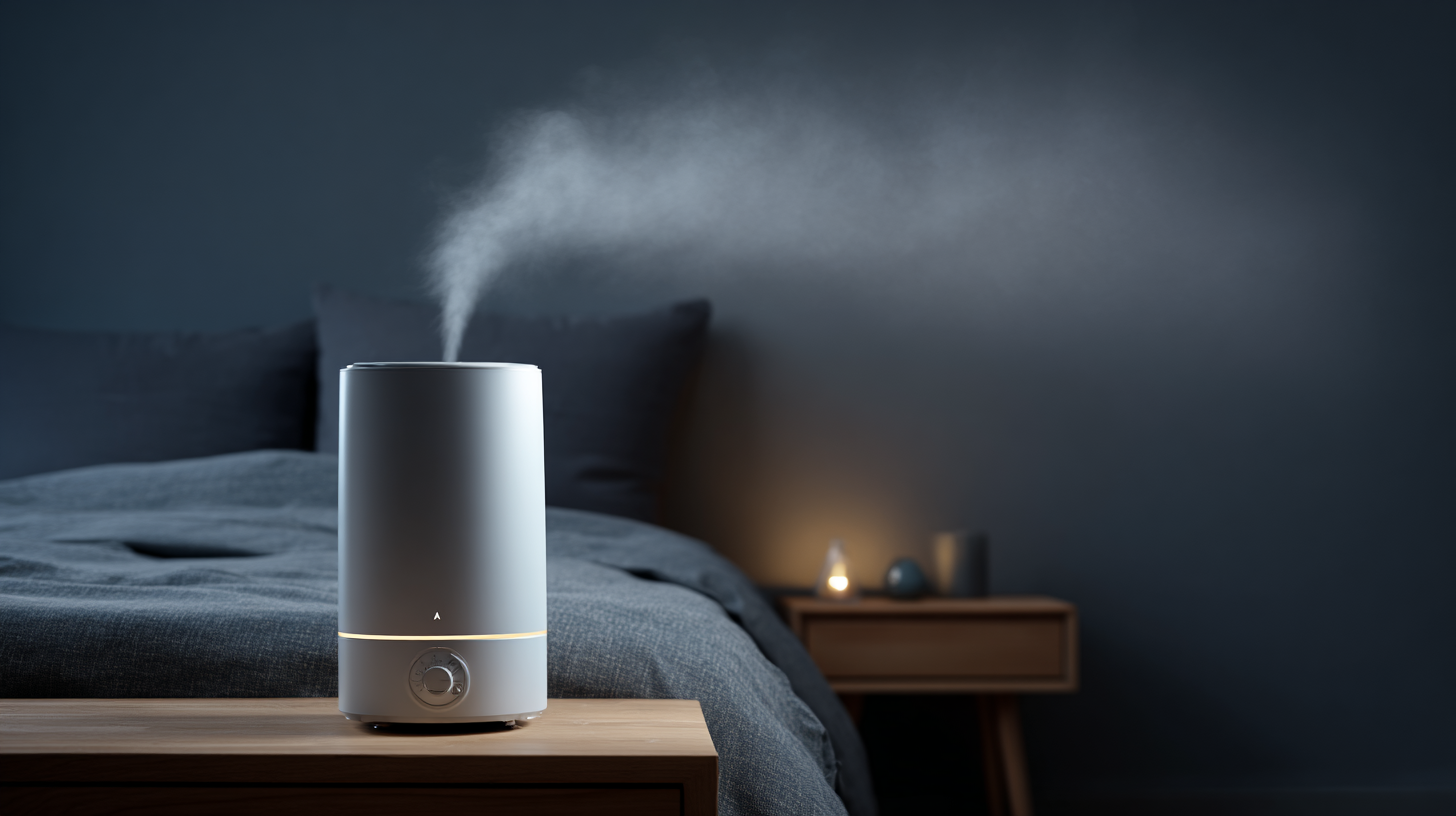
Understanding Humidity Levels: The Ideal Range for Home Comfort
Maintaining the right humidity levels in your home is crucial for optimal comfort and health. Ideally, indoor humidity should range between 30% to 50%. This balance helps prevent issues such as dry skin, respiratory problems, and the growth of mold and dust mites. Understanding these parameters can guide your choice of a mist humidifier and ensure that your living space remains a haven for well-being.
When selecting a mist humidifier, consider the size of your room. A unit that’s too small may fail to raise humidity levels adequately, while a larger unit in a small space can lead to excess moisture. Additionally, look for models equipped with a hygrometer that allows you to monitor and automatically adjust humidity levels. It’s also essential to prioritize easy maintenance features, as regular cleaning is vital to prevent bacteria build-up and ensure optimal performance.
Lastly, keep noise level in mind, especially if you plan to use your humidifier in bedrooms or home offices. Opt for models with quiet operation ratings, allowing you to enjoy a serene environment while benefiting from the added moisture. By taking these tips into consideration, you'll find a mist humidifier that suits your needs and contributes to a comfortable and healthy home atmosphere.
7 Essential Tips for Choosing the Best Mist Humidifier for Your Home - Understanding Humidity Levels: The Ideal Range for Home Comfort
| Tip Number | Tip Description | Ideal Humidity Level (%) | Health Benefits |
|---|---|---|---|
| 1 | Choose the right size humidifier for your room. | 30-50 | Prevents dry skin and respiratory issues. |
| 2 | Look for a humidifier with adjustable settings. | 30-50 | Enhances comfort according to personal preference. |
| 3 | Opt for a model with a built-in hygrometer. | 30-50 | Allows monitoring of humidity levels easily. |
| 4 | Consider maintenance requirements and cleaning. | 30-50 | Reduces the risk of mold and bacteria growth. |
| 5 | Evaluate the noise level for sleep comfort. | 30-50 | Helps maintain better sleep quality. |
| 6 | Choose between cool or warm mist options. | 30-50 | Assists with congestion and cold symptoms. |
| 7 | Check for additional features like timers and automatic shut-off. | 30-50 | Enhances safety and energy efficiency. |
Types of Mist Humidifiers: Cool vs. Warm Mist and Their Benefits
When it comes to selecting a mist humidifier for your home, understanding the differences between cool and warm mist types is essential.
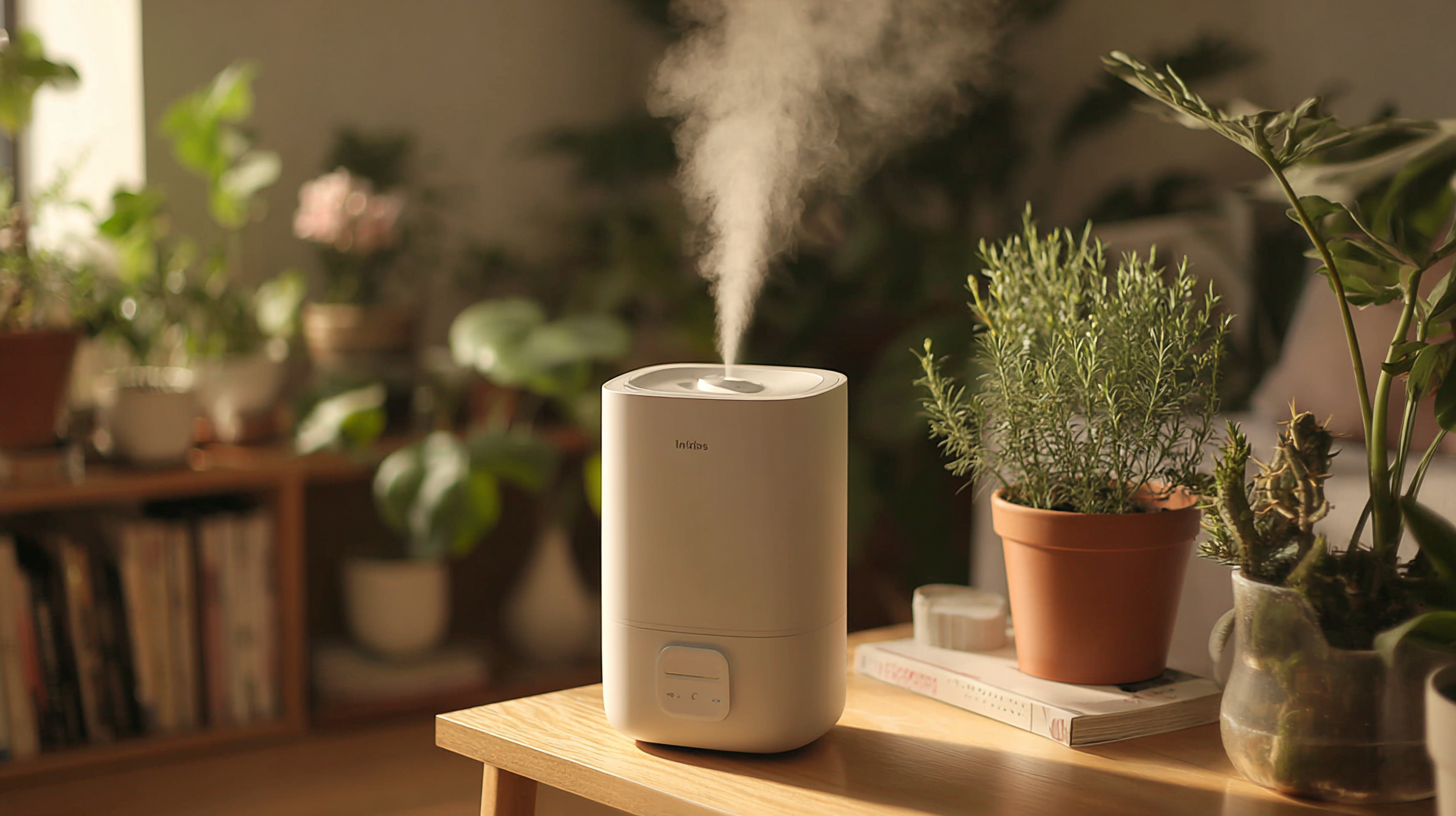 Cool mist humidifiers add moisture to the air without increasing the temperature, making them a great option for warmer climates or for alleviating symptoms of respiratory issues like congestion and cold-related discomfort. They are generally safe for children and pets, providing a gentle way to maintain humidity levels without the risk of burns.
Cool mist humidifiers add moisture to the air without increasing the temperature, making them a great option for warmer climates or for alleviating symptoms of respiratory issues like congestion and cold-related discomfort. They are generally safe for children and pets, providing a gentle way to maintain humidity levels without the risk of burns.
On the other hand, warm mist humidifiers heat water to produce steam, which can be beneficial for killing germs and providing soothing warmth, particularly during the colder months. These humidifiers can help with respiratory conditions and dry skin, making the air more comfortable. However, it’s important to maintain them properly, as they require more frequent cleaning due to the mineral buildup from boiling water.
Regardless of the type you choose, regular maintenance is crucial. Ensure you clean your humidifier every few days, as stagnant water can lead to the growth of mold and bacteria, negating the health benefits.
Whether you opt for cool or warm mist, the right humidifier can enhance your home’s comfort and support your overall health.
Evaluating Humidifier Capacity: How Many Gallons Per Day Do You Need?
When selecting a mist humidifier for your home, evaluating the humidifier capacity is crucial. The capacity, typically measured in gallons per day, dictates how much moisture the unit can produce to meet your home's needs. According to the Environmental Protection Agency, maintaining indoor humidity levels between 30% and 50% is ideal for comfort and health. A humidifier with a capacity of 2 to 3 gallons per day is generally suited for small to medium-sized rooms, while larger spaces may require units capable of dispensing 4 to 7 gallons daily.
To help narrow down your options, consider these tips: First, assess the square footage of the area you intend to humidify. Many manufacturers provide a guideline for the area coverage based on the unit’s output. Secondly, think about the type of humidifier you'll benefit from most; for instance, cool mist humidifiers can help cool a room in warmer weather, while warm mist models can provide soothing heat during colder months. Researching these aspects alongside capacity will ensure you choose a unit that effectively maintains optimal humidity levels for your environment.
Humidifier Capacity Evaluation: Daily Water Needs
Noise Levels Matter: Choosing a Quiet Humidifier for a Peaceful Home
When selecting a mist humidifier for your home, it’s essential to consider the noise levels, particularly if you're sensitive to sound during sleep or meditation. Research shows that noise levels in humidifiers can vary dramatically, with some models operating at 30 decibels (dB) while others can reach up to 60 dB, which is comparable to regular conversation levels. A quieter humidifier, ideally under 35 dB, can enhance the tranquility of your home, promoting a more peaceful atmosphere.
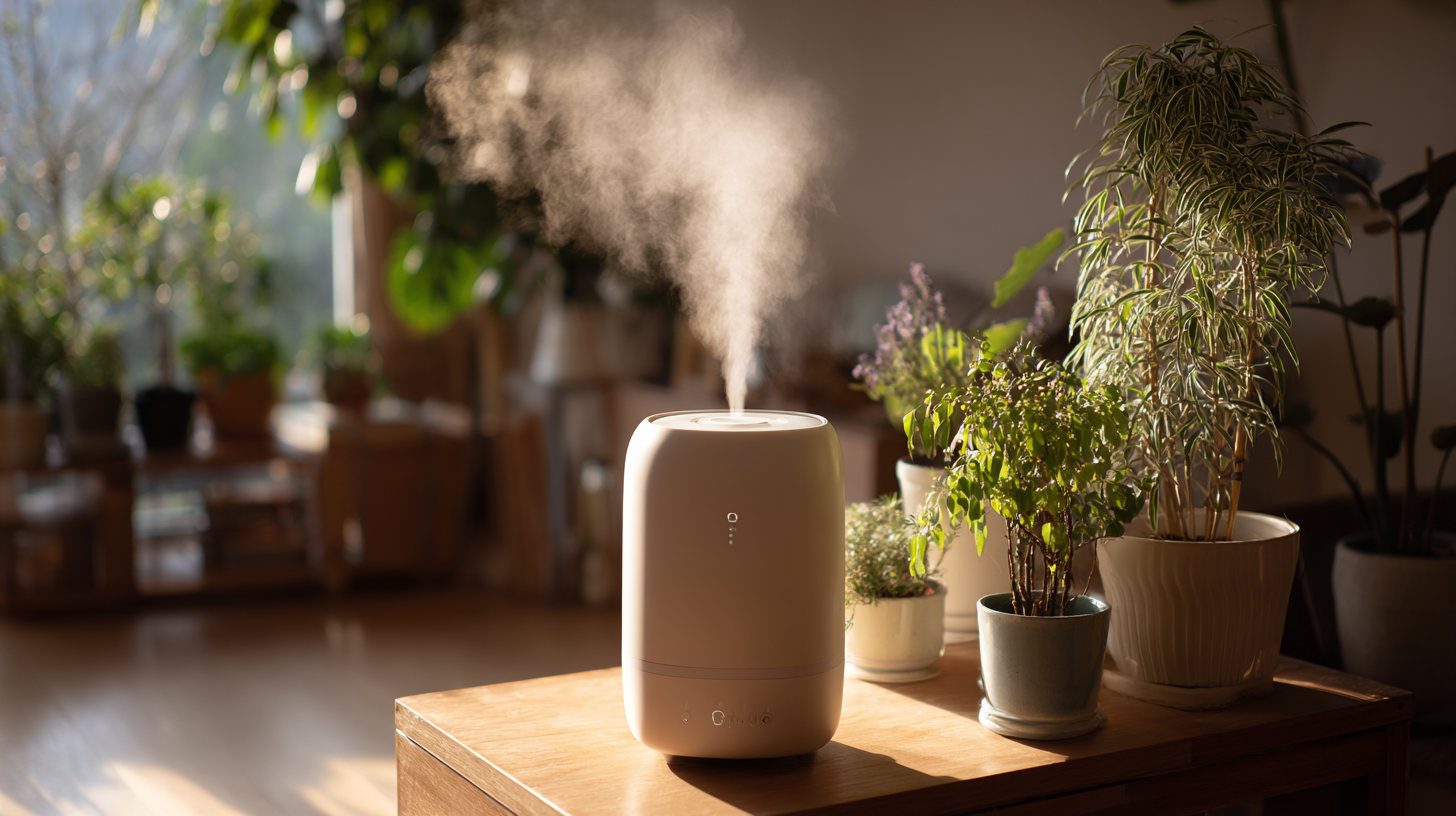
Tip 1: Look for ultrasonic or evaporative humidifiers, as these tend to generate less noise compared to steam vaporizers or traditional models. Ultrasonic humidifiers utilize high-frequency vibrations to disperse water particles, producing a nearly silent operation that is perfect for bedrooms or nurseries.
Tip 2: Check for product reviews that specifically mention noise levels. Many manufacturers now provide sound ratings, and customer feedback can reveal real-world performance that may not be evident from specifications alone. This insight can guide you to select a model that fits your needs without disrupting your peaceful environment.
Maintenance Requirements: Cleaning Needs and Filter Options Explained
When selecting a mist humidifier, understanding its maintenance requirements is crucial for ensuring optimal performance and longevity. According to the Environmental Protection Agency, regular cleaning of humidifiers is essential to prevent bacteria and mold growth, which can adversely affect indoor air quality. Humidifiers should be cleaned at least once a week, with deeper cleans completed every 1-3 months. A simple solution of water and vinegar can effectively remove mineral buildup, a common issue in areas with hard water.
Additionally, many modern humidifiers come equipped with filters that require periodic replacement. The American Society of Heating, Refrigerating and Air-Conditioning Engineers (ASHRAE) emphasizes that using unfiltered water can lead to the release of unwanted minerals and contaminants into the air. This is why selecting a model with a high-efficiency particulate air (HEPA) filter may be beneficial. Some studies suggest that using filtered water in your humidifier can reduce these airborne pollutants by up to 50%. Thus, choosing the right humidifier involves not just the initial features but also understanding the longevity and maintenance of filters and cleaning processes to ensure a healthier home environment.




